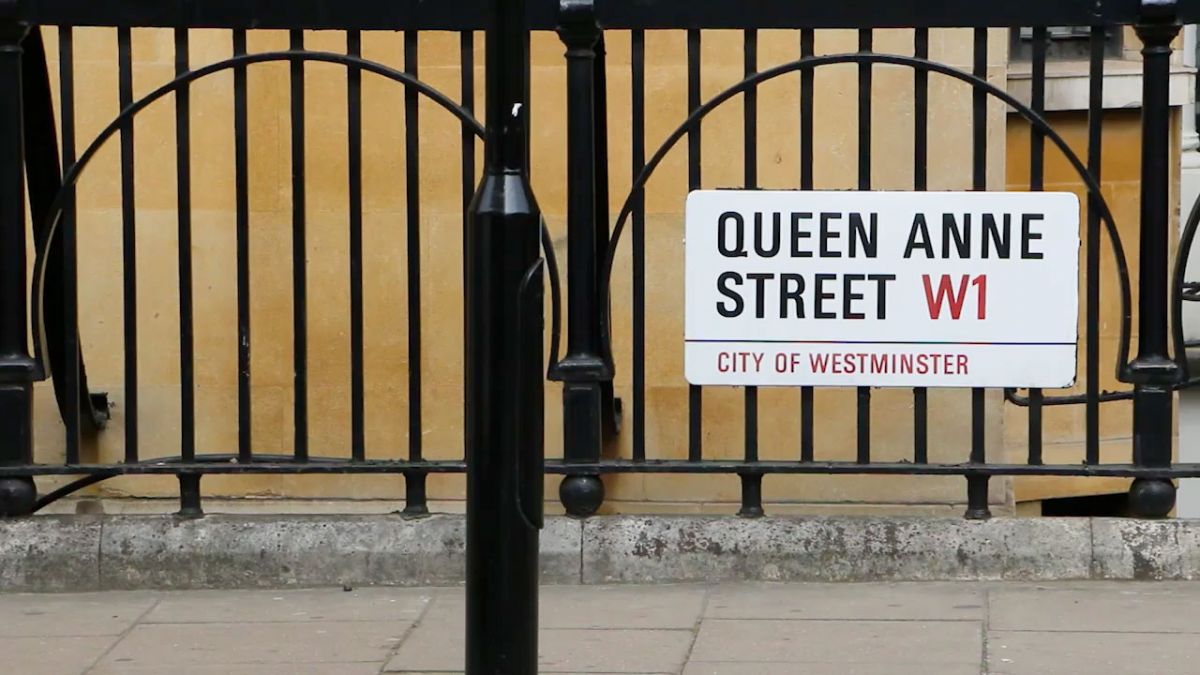When you receive a new contract or project deal it’s very hard not to go in, all guns blazing, and start working on it immediately. However, this method rarely works and you need to hold back on the passion and get rational.
Getting started without dealing with the essential planning and setup of the project can be disastrous and although we all really want to get straight down to the actual web development, coding and user interface design, there are other important elements to consider first. If you start playing in Photoshop and getting code down before any proper planning has taken place you’re bound to hit at least one stumbling block along the way. To guarantee the best start for any web development project you need to have an effective and organised kick-off meeting.
A What?
If you haven’t come across the term kickoff meeting before now’s the time to learn. A kickoff meeting is the initial discussion between the project’s team, the client and any other key decision-makers. It gives you the opportunity to get to know the client, wider team and get a wider understanding of what’s expected from the project. It gives you and the client the chance to ensure you’re on exactly the same page and promotes communication and client involvement in the development process. There are four steps to guarantee a successful kickoff meeting.
Step One: Before the Meeting
Before the kickoff meeting there is plenty of preparatory work you can do. Having a standard template for your meeting really helps and this can simply include prompts for everything you want from the client in terms of information and expectations. You may need different templates if there are several components to the meeting such as mobile app development alongside E-Commerce site development for example. Below are some other key tasks to carry out before the meeting takes place.
Collate Internal Information
Get together all the information you already have about the project, which will include its goals, the project manager’s contact information and back up details for their second in command.
Collate Client Information
Technical information such as server and domain types will be required from the client before the meeting. You’ll also require their analytics data, any previous SEO information and related documentation.
Step Two: Set Boundaries
To ensure your meeting is a success you need to set some ground rules. The most important of these is to limit the number of attendees. Only the essential team need attend as well as representatives from the client. The second key boundary is to ensure you state the intended results and outcome from the start, ensuring your client and your team are on the same page in terms of expectations.
During the Meeting
Your meeting should be about assigning tasks to your client and your team. After each task is assigned you need to set out deadlines, ask the client or team member when they plan to have that specific task done and expect a realistic answer. The meeting itself should last around 2 hours and should cover all aspects of the project including:
- Technical
- Copy/Media
- Marketing
- Aesthetics
- Support
- Product Release
- Product Mechanics
The majority of your discussion will focus on the technical aspects of the project whilst the most difficult is often aesthetics as different people have varying opinions about what looks good and what works. However, think of it from this angle – you are a professional developer and therefore you know what works. Present the client with ideas you’ve already decided on rather than asking for their personal design choices.
The meeting should end with a review of everything you’ve covered, how and when it will be delivered and a summary of all key points.
After the Meeting
After the meeting it’s essential you get every deadline programmed into your system and synchronised throughout the team. Where possible you should also produce a report and summary of the meeting that can be forwarded to all team members and the client.
If your kickoff meeting is a success then you’re guaranteed to have a more successful project and your client is likely to be much more satisfied and on side throughout.

